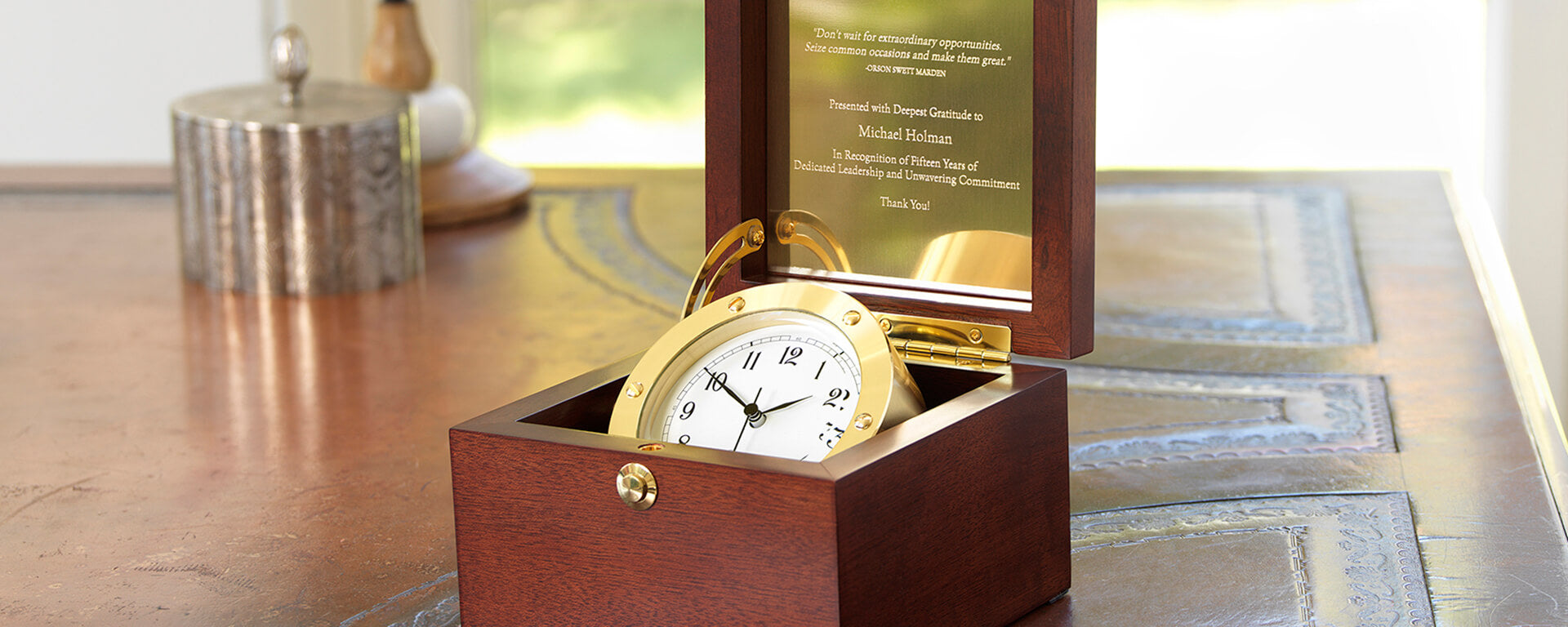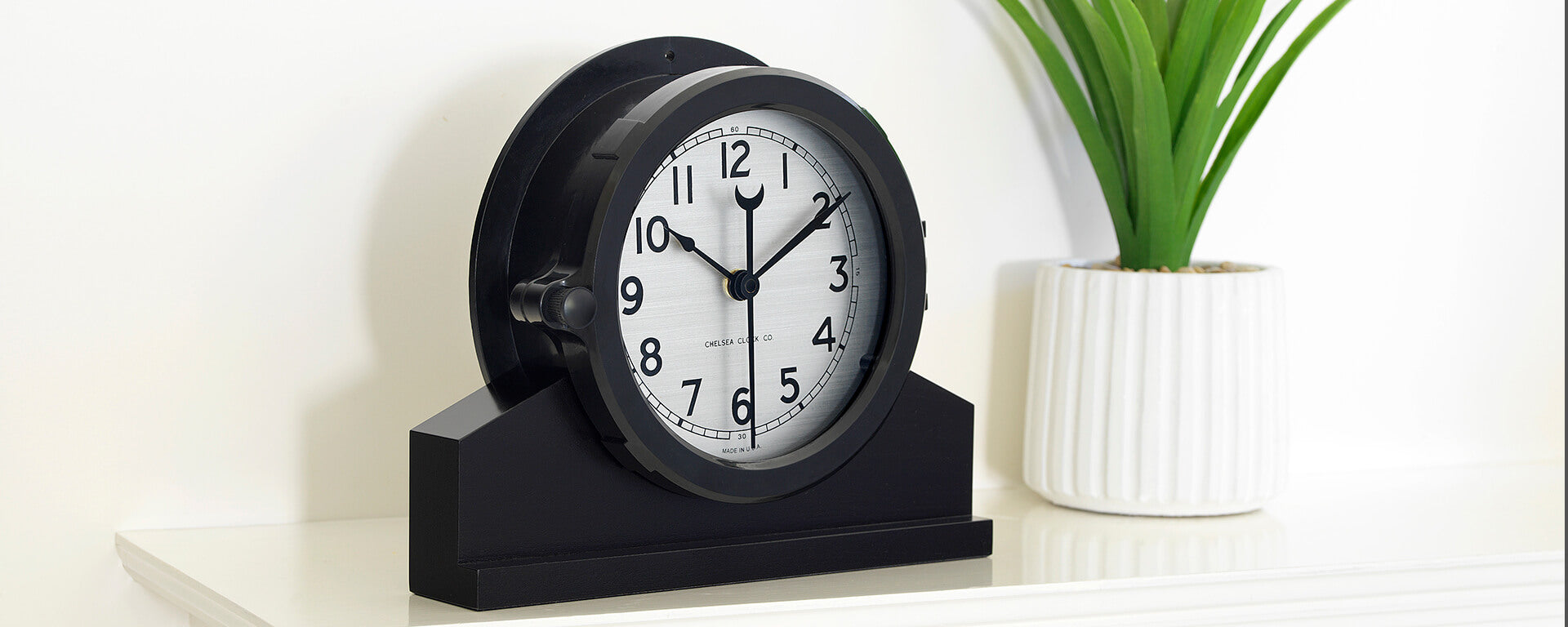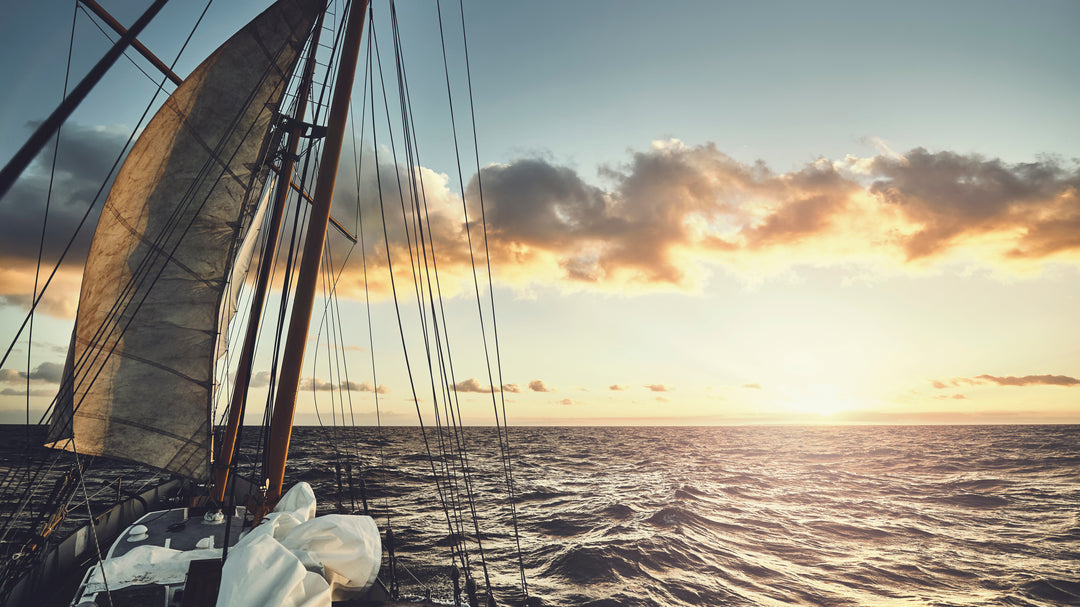Vintage Find: Over 80 Chelsea Military Clocks from WWII Victory Ships
Chelsea Clock is pleased to announce that it has reclaimed over 80 marine mechanical clocks previously installed on Victory Ships built by the U.S. Maritime Commission during World War II. These authentic military timepieces, produced for the U.S. Government in the 1940s, are being returned to optimum working condition by Chelsea’s certified Repair & Restoration technicians. As each piece in the Vintage Victory Collection is restored, it will be made available for purchase in the Vintage Collection section on this site.
Here's the first of a two-part history of U.S. Victory Ships:
In 1943, the U.S. Maritime Commission embarked upon a program to develop a new type of emergency ship that would replace those lost to German submarines during the early part of WWII. Dubbed the “Victory” ship, the new vessel was designed to be faster than its predecessor, the Liberty ship.
The Victories were given the designation of VC2: V for Victory (ship type), C for cargo, and 2 for a medium-sized ship between 400 and 450 feet long.
The first Victory ship, the S.S. United Victory, was built at Oregon Shipbuilding in Portland and delivered on February 28, 1944. A total of 531 Victories were constructed by North American shipyards, comprising 414 cargo ships and 117 attack transports. Ninety-seven of the Victories were outfitted as troop carriers; the others carried food, fuel, ammunition, material and supplies.

Built for Speed
While the lines of the Victory ship were not unlike those of the Liberty, the propulsion was vastly superior. Liberty ships were powered by steam engines, with a maximum speed of 11 knots, which made them easy prey for submarines. Victories were propelled by the more modern steam turbine, generating between 5,500 to 8,500 horsepower and providing cruising speeds of up to 15 to 17 knots (approximately 18.5 miles per hour).
The crew typically included 62 civilian merchant sailors and 28 naval personnel (to operate defensive guns and communications equipment). The ships’ names were inspired by a number of sources:
- Member countries of the United Nations (e.g., SS Brazil Victory, SS U.S.S.R. Victory)
- U.S.cities and towns ( e.g., SS Ames Victory, SS Las Vegas Victory)
- American colleges and universities (e.g., SS Adelphi Victory, SS Yale Victory).
All of the names ended with the suffix "Victory," with the exception of the 117 Victory Attack Transports, which bore the names of state counties.
These fast, large-capacity carriers served honorably in both the Atlantic and Pacific theaters of war.
Click here to view our entire Vintage Collection
In our next blog post, we’ll cover the second half of the Victory story, detailing their later years.








